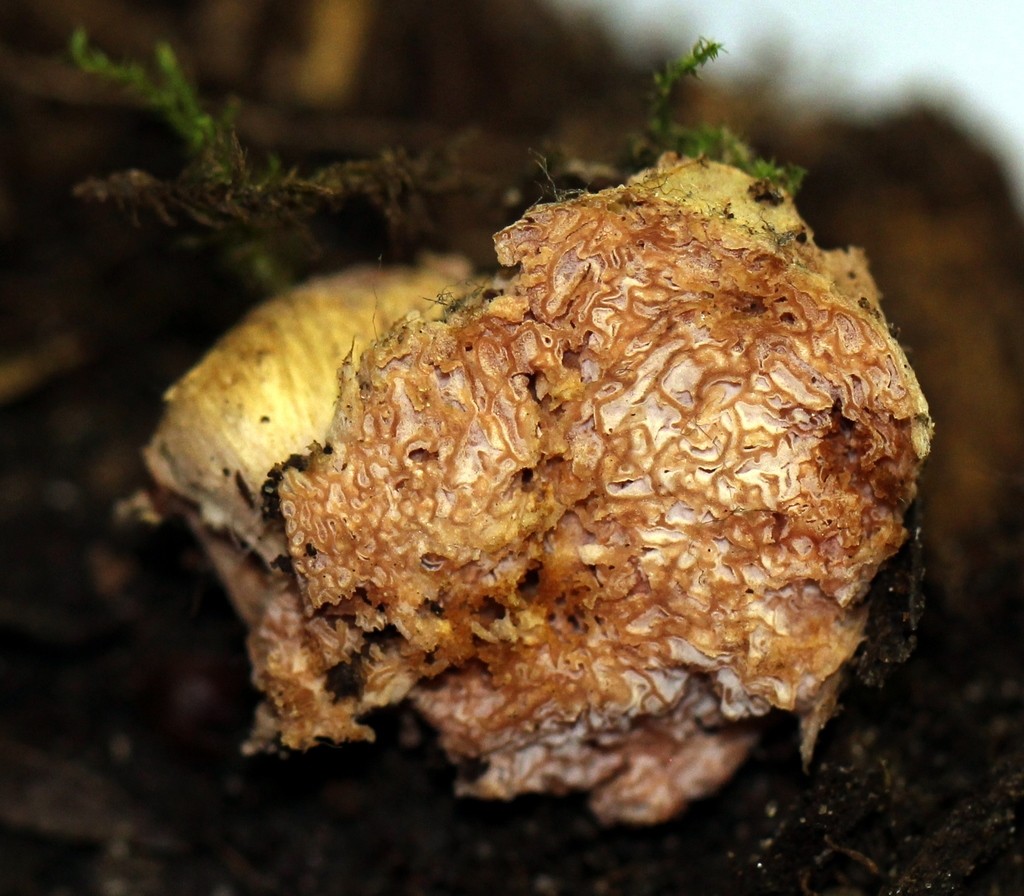Hydnangium
Scientific name: Hydnangium
Hydnangium
Scientific name: Hydnangium
 Photo By alan_rockefeller , used under CC-BY-4.0 /Cropped and compressed from original
Photo By alan_rockefeller , used under CC-BY-4.0 /Cropped and compressed from original Description
Hydnangium are small, underground fungi that form potato-like tubers. They have a unique symbiotic relationship with certain tree species, particularly eucalyptus. Unlike many fungi, hydnangium do not produce above-ground fruiting bodies. Instead, they rely on small animals like rodents to dig them up and spread their spores through feces, aiding in their dispersal.
Species of Hydnangium
Scientific Classification
Phylum
Club fungi Class
Mushroom-forming fungi Order
Gilled fungi Family
Hydnangiaceae Genus
Hydnangium